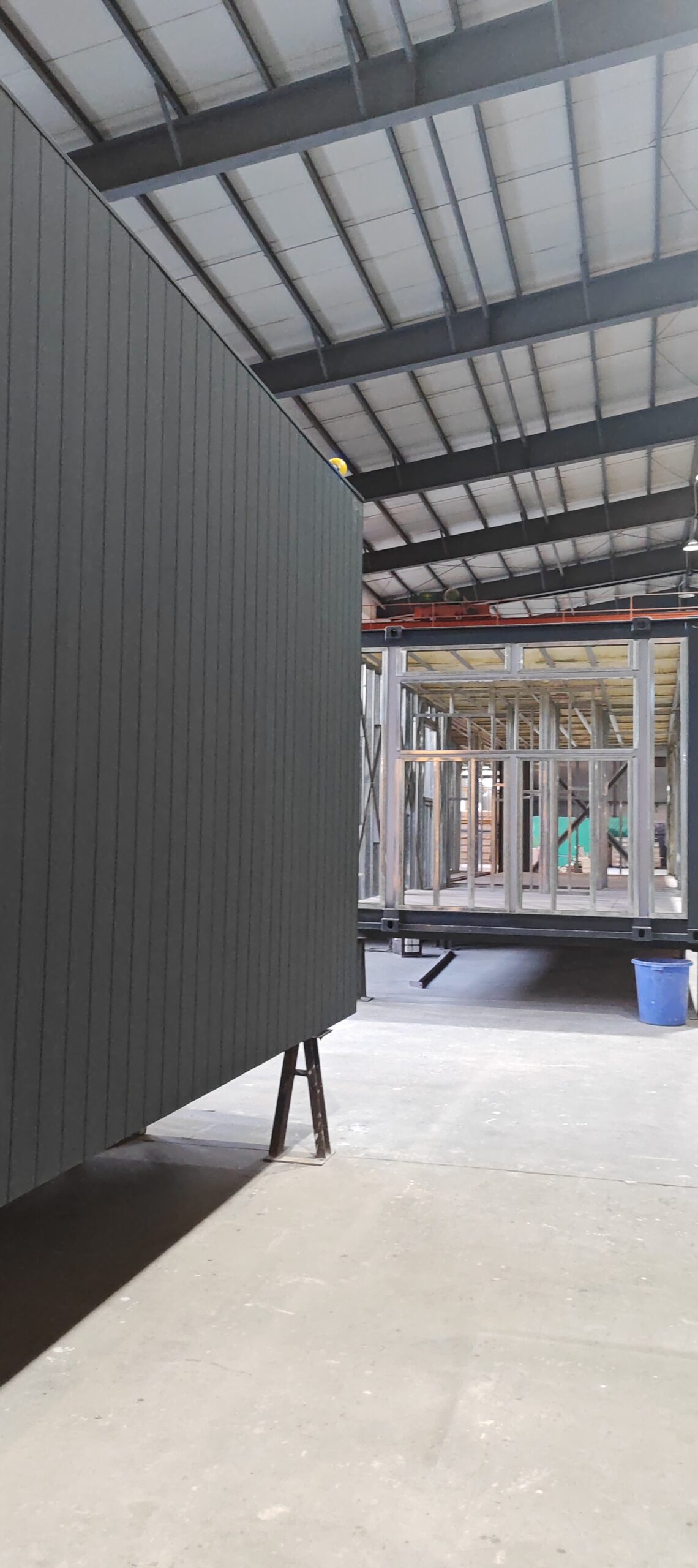When it comes to modular construction, one of the most important decisions developers face is choosing the right structural material: steel or timber. Both have their advantages, but when long-term durability, compliance, and lifecycle performance are considered, structural steel modular systems consistently come out ahead.
In this article, we break down the key differences between steel vs timber modular builds and explain why structural steel prefab benefits make it the smarter choice for today’s projects.
1. Durability That Lasts for Decades
Steel is non-combustible, resistant to termites, and unaffected by moisture in ways that timber can’t match.
Timber, while sustainable and cost-effective at the outset, is prone to warping, rot, and pest damage—issues that drive up long-term maintenance.
Bottom line: Structural steel modular delivers a far longer service life with minimal upkeep.
2. Compliance Strength for Modern Standards
Structural steel meets or exceeds stringent fire, wind, and seismic codes, giving developers peace of mind and easier approvals.
Timber often requires additional treatment, fire-proofing, or bracing to meet compliance, adding both cost and complexity.
Bottom line: Steel simplifies the compliance process and provides stronger assurance of meeting regulations.
3. Precision & Prefabrication Benefits
Steel modular frames are manufactured to millimetre precision in controlled environments, ensuring consistent quality and faster onsite assembly.
Timber modular, while efficient, can face inconsistencies in density, moisture content, and shrinkage, affecting accuracy in prefab assembly.
Bottom line: Steel modules integrate seamlessly, reducing rework and saving time.
4. Lifecycle & Asset Value
Buildings constructed with structural steel modular systems hold higher resale and asset value because of their proven longevity and minimal degradation.
Timber buildings, even when well maintained, often depreciate faster due to material limitations.
Bottom line: Steel enhances asset performance and investor confidence over the building’s lifecycle.
5. Sustainability Considerations
Modern steel is highly recyclable, with most suppliers sourcing from recycled material streams.
While timber is renewable, frequent maintenance and shorter lifespans offset its environmental benefits.
Bottom line: Steel modular balances sustainability with long-term resilience.
Conclusion: Steel Wins for Durability & Compliance
When weighing steel vs timber modular, both have their place in construction. However, for developers focused on durability, compliance strength, long-term asset value, and reduced maintenance, structural steel prefab benefits make it the clear winner.
At DST Projects, we specialise in delivering structural steel modular solutions that not only meet today’s compliance standards but also safeguard your investment for the future.
Contact us to discuss how steel modular can add long-term value to your next project.

